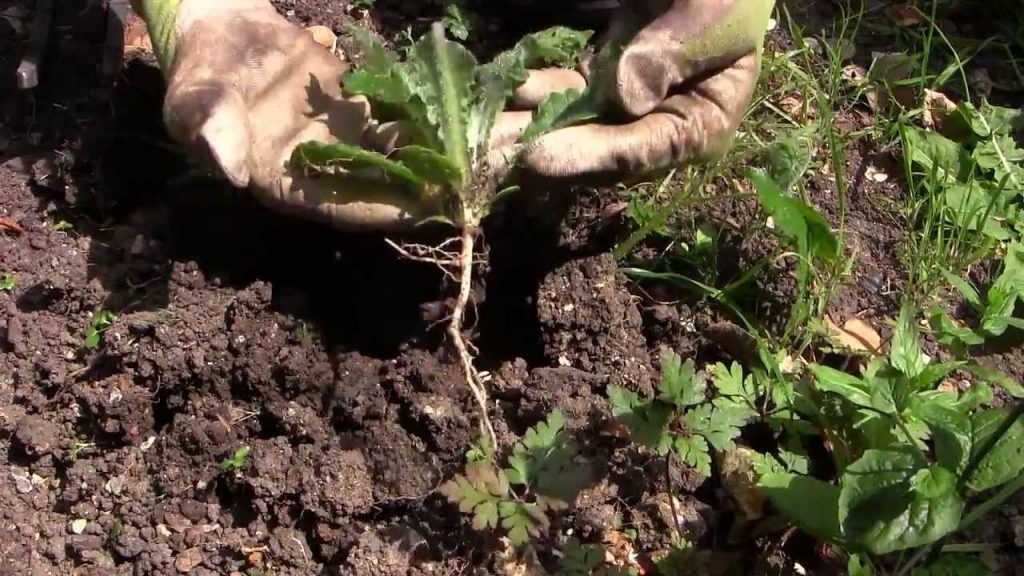
In his opinion piece in the New York Times on July 26, 2019, (Museums Need to Step into the Future) Ford Foundation President Darren Walker applauds museums’ greater involvement in social justice issues. And he calls for increased efforts toward diversity and inclusion. Walker correctly takes a holistic approach, touching on hiring, collecting, exhibitions, and programming practices at every level in the museum hierarchy. Heading a foundation that supports museums and cultural institutions, he no doubt works closely with museum boards and administrators. So it’s not uprising that he focuses on the responsibility of trustees to practice inclusion at the top, diversifying leadership, redefining and expanding requirements for board membership, and working for change in the entire institution.
Weeding out Racism
All of his advice is important and essential for museum transformation, and Walker’s position as a leading cultural funder adds weight to his argument. At the same time, he stops short of a deeper analysis of the lack of inclusion and diversity in the museum world. If you’ve ever weeded a garden, you know the sound and feel of extracting a weed by its roots, instead of breaking it off above the soil (after which it will grow back). When you pull out a weed by its roots, you hear a ripping sound; and it feels a bit like pulling a zipper as the tiny root hairs reluctantly let go of the soil. It’s a supremely satisfying sensation.
A Legacy of Racism
Walker’s analysis snaps off the weed of museum exclusion and elitism just above the soil, but it does not get at its root. The root of both the lack of inclusion in museums and the lack of diversity in their attendees lies in museums’ legacy of racism, colonialism, and white supremacy. Museums share this history with other social and cultural institutions all over the world. From the UK comes this statement:
The ideals of the Victorian era were largely formed by the exploitation and violence towards working class people, enslaved people in the colonies, and complex cultural structures that justified colonial violence. Museums are part of this system of justification. Sumaya Kassim. The Museum is the Master’s House. July 26, 2019.
In the United States, this legacy of racism is embedded in our founding documents, our court system, our universities, and in our cultural organizations. Universities are among the few institutions that have begun to acknowledge and make amends for their racist histories. As with Georgetown University, this reckoning often happens after revelations about past involvement with slavery.
We in museums, on the whole, have not dug deeply into our racist past: funding that came from the profits of slavery; construction by enslaved people; location in redlined districts; location in areas of a city where people of color have historically been unwelcome; collections that ignore and exclude artists, inventors, scientists of color; local or national histories devoid of people of color or accounts of their exclusion/extinction; collections stolen from cultures all over the world; exclusively white boards, administration, staff, and volunteers. Having not examined our past, we have no inclination to acknowledge or redress it. To do so would cause a great ripping and rending of long-held traditions and practices, tossed away to allow for new growth. Are museum boards and administrators ready for this?
Earlier this year the American Alliance of Museums launched “Facing Change,” an initiative to diversify museum boards funded by the Mellon, Ford, and Alice Walton Foundations. This is a hopeful sign. Will 51 museums in the first cohort consider the acknowledgement of systemic racism as a first step in “facing change”?
Leadership Outside the Mainstream
The movements for radical transformation in museums have so far been led by groups of museum professionals and consultants who are outside the mainstream museum associations and centers of power. These groups grew out of sustained experiences, particularly of museum professionals of color, of the racism and white supremacy defining museum culture for centuries. Organizations and websites such as The Empathetic Museum, Museums and Race, MASSAction, and Visitors of Color, and initiatives like #MuseumsRespondtoFerguson and #MuseumsAreNotNeutral provide tools and resources, but most importantly voice and leadership. It is these organizations, led by people of color and their white allies, that use terms such as racism and oppression in their analysis; that call for museums to understand their present and future by examining their past; and that drive much of the conversation around deep transformation on social media, in museum conferences, and in museum publications.
Museums cannot rest on the topsoil of “diversity and inclusion” initiatives. In order to grow and flourish in the twenty-first century, we must eliminate the weeds of racism and white supremacy embedded in our turf.
If you are receiving this post in an email and wish to comment, please tweet me @gretchjenn. Thank you.